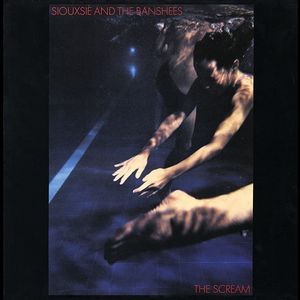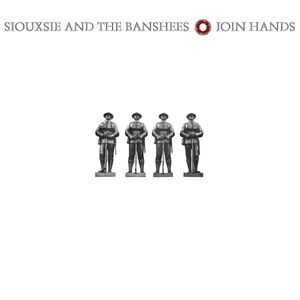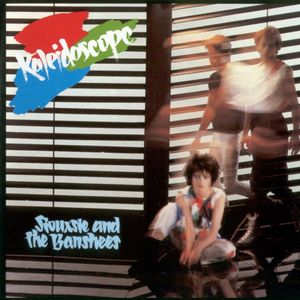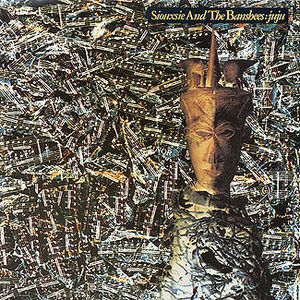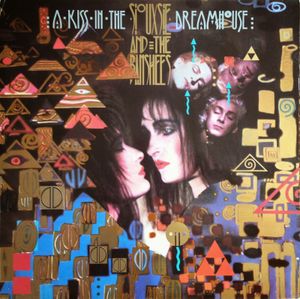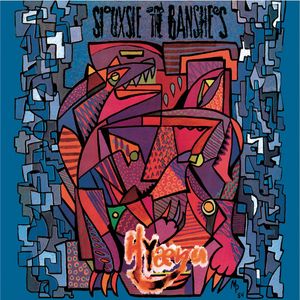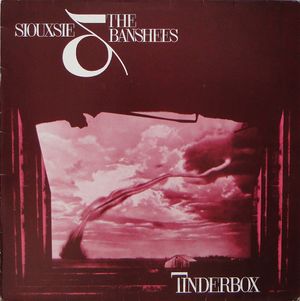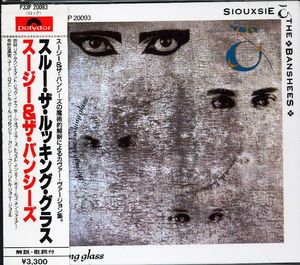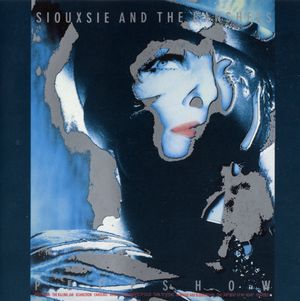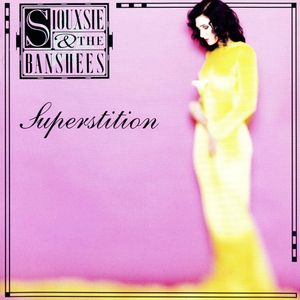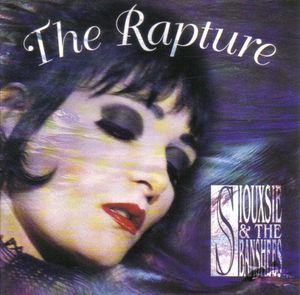

Siouxsie and the Banshees
Follow Your Favorite Band Today!
Top Siouxsie and the Banshees Community Posts
Albums
Story of Siouxsie and the Banshees
Siouxsie and the Banshees (pronounced SOO-zee and the BAN-shees) exploded onto the London music scene in 1976, forged from the raw energy of vocalist Siouxsie Sioux and bassist Steven Severin. More than just a punk band, although initially associated with that movement, they rapidly transcended their origins. The Times aptly described them as "one of the most audacious and uncompromising musical adventurers of the post-punk era," a testament to their daring rhythmic and sonic experimentation. Their initial lineup, completed by guitarist John McKay and drummer Kenny Morris, unleashed The Scream in 1978, a debut album that garnered widespread critical acclaim and established their unique sound – a potent blend of post-punk discord and innovative artistry.
Subsequent lineup changes, notably the arrival of guitarist John McGeoch and drummer Budgie, saw the Banshees evolve their style. They shifted towards a more accessible, yet still intensely creative, sound, becoming a major force in alternative pop throughout the 1980s. Kaleidoscope (1980) reached #5 on the UK Albums Chart, solidifying their rising success. Juju (1981), another Top 10 hit, further cemented their influence, significantly impacting the burgeoning gothic rock scene.
Their breakthrough in North America finally arrived with the multifaceted Peepshow (1988), which earned critical praise. Fueled by the support of alternative rock radio, they achieved a US mainstream hit in 1991 with the pop single "Kiss Them for Me," a fitting culmination of a career defined by relentless innovation and artistic integrity. Siouxsie and the Banshees remain a hugely influential band, leaving an indelible mark on post-punk, alternative, and gothic rock.
Bands you may like
More Post Punk Bands
Explore Post PunkDiscover more bands in the Post Punk genre and explore the diverse sounds that define this musical style.
Browse All Post Punk BandsMore Bands from United Kingdom
Explore United KingdomDiscover the rich musical heritage of United Kingdom and explore bands that represent the country's unique sound and culture.
Browse All United Kingdom Bands
